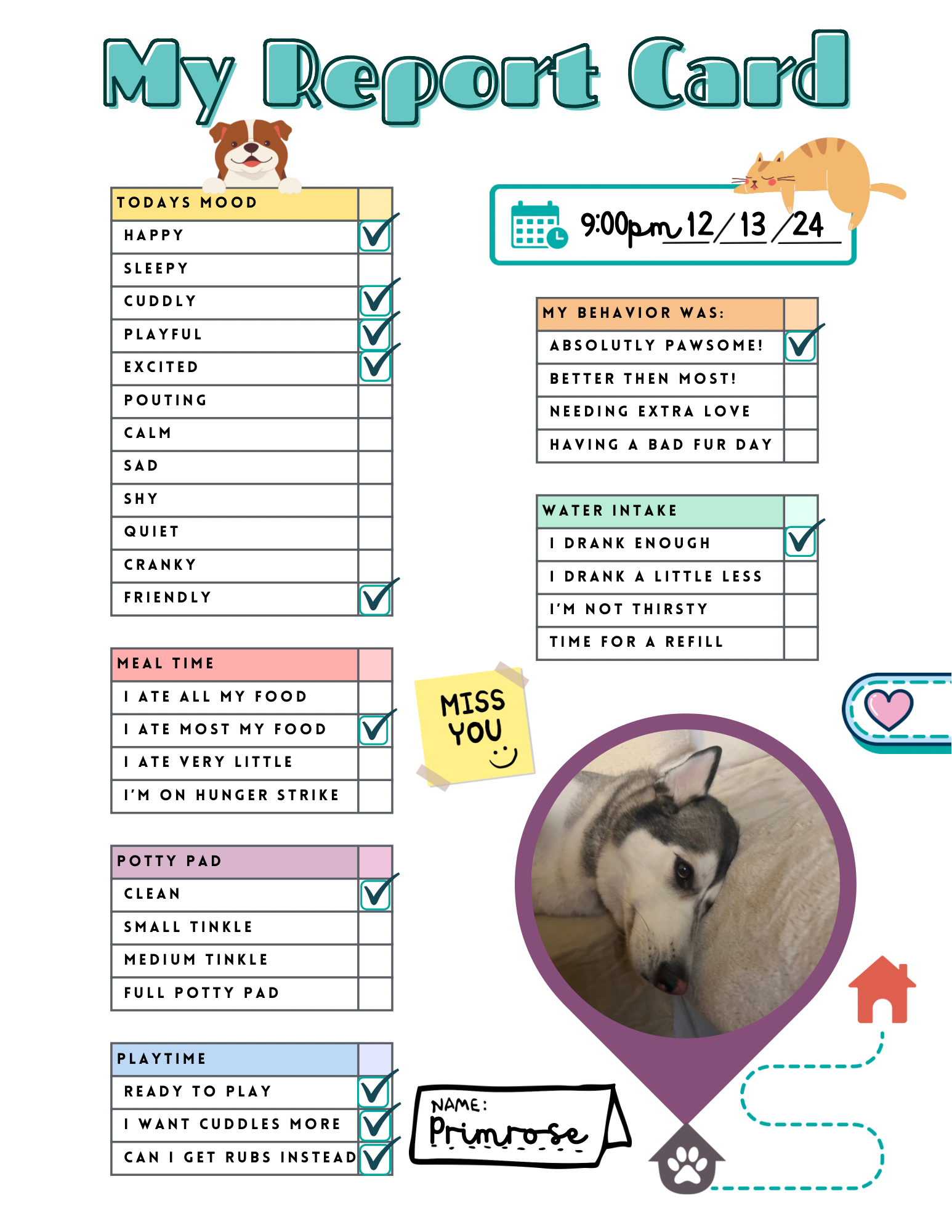Bulldogs and Their Delusional Speed: The Sprint That Never Was If you’ve ever watched a bulldog play, you’ve probably noticed something utterly hilarious. they...
Essential Pet Care Tips: Grooming, Feeding, and Exercise for a Happy, Healthy Pet
When it comes to our furry family members, we all want them to live their best lives. Keeping your pet healthy, happy, and well-cared for means covering the basics: grooming, feeding, and exercise. Let’s dive into a complete guide with practical tips and advice on each area of pet care. From keeping coats shiny to ensuring your pet gets the nutrition and physical activity they need, here’s everything you need to know to give your pet the best life possible.
Grooming Tips for Healthy Skin and Coat
Good grooming isn’t just about keeping pets looking cute—it’s an essential part of their health. Regular grooming helps with hygiene, reduces the chance of skin issues, and is a great way to check for any health concerns, like lumps or infections.
1. Brushing
Brushing isn’t just for long-haired pets; all pets benefit from regular brushing.
- Benefits: Brushing distributes natural oils throughout the coat, reducing tangles, mats, and shedding. It’s also a great way to keep your home cleaner!
- Frequency: Long-haired pets like Persians or Golden Retrievers need brushing daily, while short-haired pets, like Beagles or American Shorthairs, benefit from weekly brushing.
- Tools to Use: Use a slicker brush for long-haired pets and a rubber brush or grooming mitt for short-haired ones.
Pro Tip: Always start brushing slowly, especially if your pet is new to it. Use treats to make it a positive experience.
2. Bathing
Bathing helps remove dirt, dander, and excess oil from your pet’s skin.
- Frequency: Dogs generally need a bath once a month, but some breeds with oily skin may need it more often. Cats usually groom themselves, but a bath every few months can help.
- Shampoo Choice: Use a pet-specific shampoo to avoid skin irritation. Oatmeal-based shampoos are excellent for sensitive skin, while hypoallergenic shampoos work well for allergy-prone pets.
Tip: Try using lukewarm water, as pets can be sensitive to hot water. And never use human shampoo on pets, as it can disrupt their skin pH.
3. Nail Trimming
Long nails can be uncomfortable for pets, affecting their walking and posture.
- Frequency: Aim to trim nails every 3-4 weeks. If you hear clicking sounds when your pet walks, it’s time for a trim.
- Tools to Use: Pet nail clippers or a grinder designed for animals work best.
Pro Tip: If you’re nervous about trimming nails, ask your vet or a groomer to show you the basics. Always avoid the “quick,” the pink area in the nail that contains nerves and blood vessels.
4. Dental Care
Oral hygiene is often overlooked, but it’s crucial to prevent gum disease and tooth loss.
- Frequency: Brush your pet’s teeth at least twice a week with pet-friendly toothpaste.
- Other Options: Dental chews and toys can also help reduce tartar build-up.
Tip: Start brushing early in your pet’s life to get them used to the sensation. Patience and positive reinforcement are key!
Feeding Tips for Balanced Nutrition
What you feed your pet has a huge impact on their overall health, energy, and longevity. Quality food and the right portions ensure your pet maintains a healthy weight and receives all necessary nutrients.
1. Choosing Quality Pet Food
There are countless brands and types of pet food, but not all are created equal. Look for high-quality foods with whole ingredients.
- For Dogs: Look for protein as the main ingredient, followed by whole grains and vegetables. Avoid foods with fillers, artificial colors, and flavors.
- For Cats: Cats are obligate carnivores, so meat should always be the primary ingredient. Foods with taurine, an essential amino acid for cats, are especially important.
Tip: Look for the AAFCO (Association of American Feed Control Officials) label on pet food, which ensures it meets standard nutritional guidelines.
2. Portion Control
Overfeeding is a common issue and can lead to obesity, especially in indoor pets.
- Guidelines: Follow the feeding guide on your pet’s food package based on their weight and activity level. Many brands include charts to help you find the right portion.
- Measuring: Use a measuring cup to ensure you’re giving the right amount. Free-feeding (leaving food out all day) can lead to overeating, so stick to set meal times.
3. Feeding Schedule
Establishing a regular feeding schedule creates structure for your pet and helps regulate digestion.
- For Dogs: Most adult dogs do well with two meals a day. Puppies may need more frequent feedings.
- For Cats: Some cats prefer to “graze” throughout the day, but it’s often best to feed them two small meals.
Tip: Consistency is key! Feeding at the same time each day can reduce begging behaviors and help maintain a stable routine.
4. Fresh Water Daily
Hydration is essential for all pets, especially active or high-energy ones.
- Water Quality: Clean and refresh your pet’s water daily. For some pets, a pet water fountain encourages them to drink more by keeping the water moving.
- Amount Needed: Cats need about 3-4 ounces of water per 5 pounds of body weight, while dogs generally need an ounce of water per pound.
Exercise Tips for a Happy, Active Pet
Exercise is crucial for your pet’s physical and mental health. Keeping your pet active can prevent obesity, reduce behavioral issues, and strengthen your bond.
1. Daily Walks for Dogs
Walking is one of the best ways to keep dogs healthy and happy.
- Frequency: Most dogs need at least one walk a day, though active breeds like Border Collies or Labradors benefit from two or three.
- Leash Training: Practice good leash manners and use a secure harness for safety.
Pro Tip: Change up your route occasionally to keep walks interesting for your dog. New scents and sights provide mental stimulation!
2. Interactive Playtime
Whether you have a dog or cat, interactive playtime keeps them mentally engaged and physically active.
- For Dogs: Fetch, tug-of-war, and hide-and-seek are great ways to play.
- For Cats: Laser pointers, feather wands, and small balls mimic hunting behaviors, keeping cats entertained and exercised.
Tip: Dedicate at least 15-20 minutes daily for active play. This helps curb destructive behavior and makes pets feel fulfilled.
3. Toys for Enrichment
Toys aren’t just for fun—they’re tools for exercise, mental stimulation, and even relaxation.
- For Dogs: Puzzle toys and chew toys are great for keeping them occupied.
- For Cats: Scratching posts, interactive toys, and even a cardboard box provide enrichment.
4. Training as Exercise
Training sessions are great ways to exercise your pet’s body and mind. They’ll love the attention and mental challenge.
- Commands and Tricks: Basic commands like “sit,” “stay,” and “come” are useful and fun to learn.
- Agility Training: If you have an active dog, agility training is a fun way to keep them physically and mentally engaged.
Final Thoughts: Making Pet Care Part of Your Routine
Taking care of a pet’s grooming, feeding, and exercise needs is essential, but it doesn’t have to be complicated. By establishing a routine that includes each of these elements, you’re helping your pet lead a happier, healthier, and longer life. And the time you invest in their care is time you’ll get back in the love, loyalty, and joy they bring into your life.
Whether you’re caring for a sprightly puppy or a laid-back senior cat, the bond you build through regular care is one of the most rewarding parts of pet ownership. And remember, I’m here to help care for your pet when you’re away, ensuring they’re pampered and loved, just as they deserve! 🐾

Related Posts
husky care on the 19th Floor: Taking Care of Primrose, the Husky There’s something special about taking care of a dog that isn’t yours....





